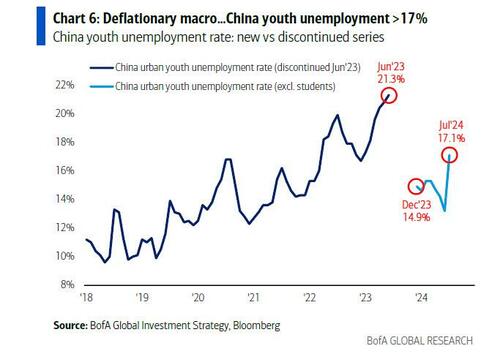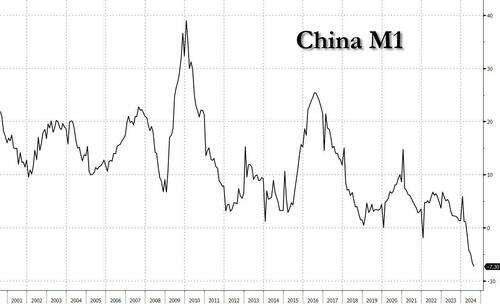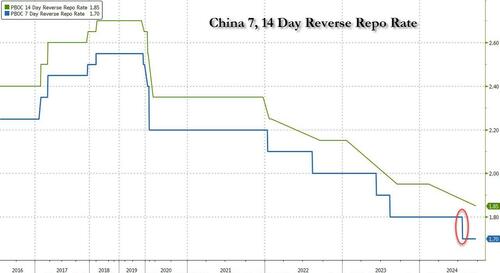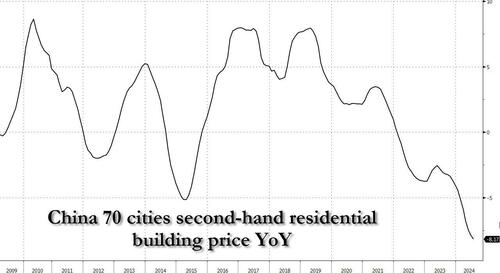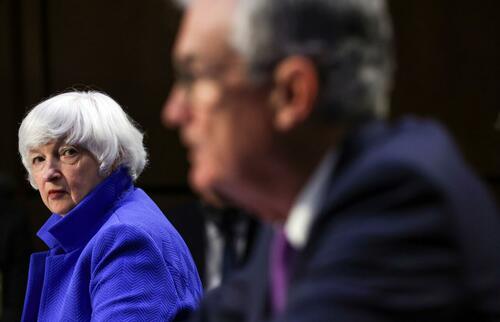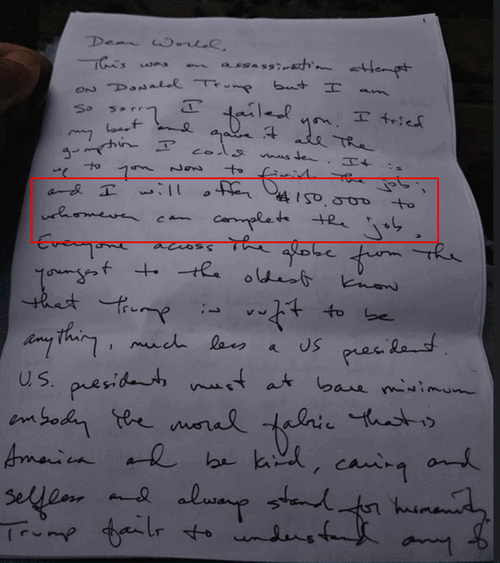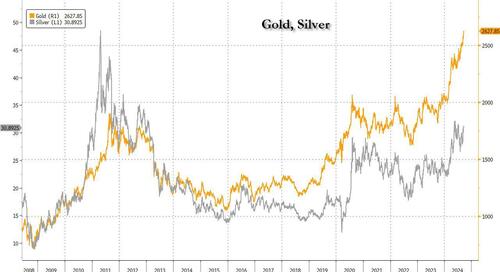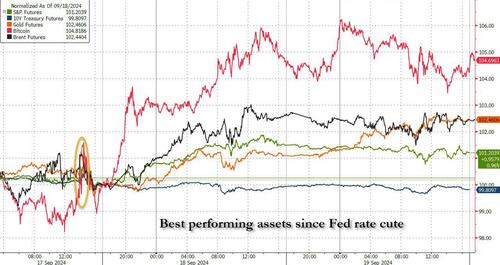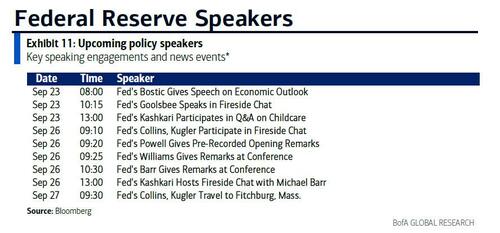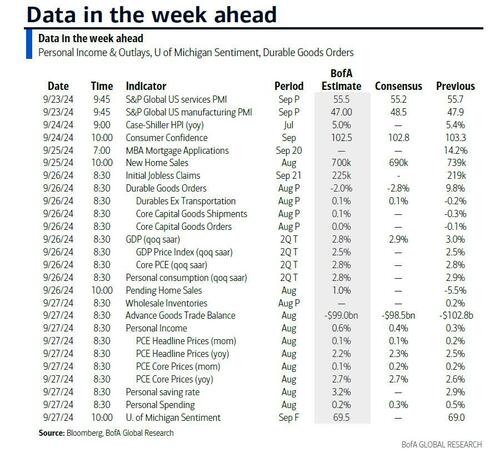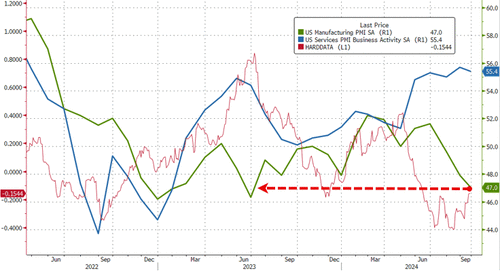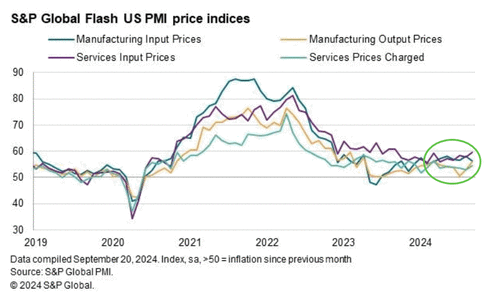Mexican President Blames US For Upsurge In Cartel Violence In Sinaloa
Authored by Chris Summers via The Epoch Times,
Mexican President Andrés Manuel López Obrador has blamed the United States for an upsurge in violence between cartel factions in the state of Sinaloa, which has left at least 30 people dead.
Two factions of the powerful Sinaloa cartel have attacked each other in the state capital of Culiacan recently, with teams of gunmen—or sicarios—firing at each other and at the security forces.
The uptick in violence followed the capture on July 25 of Ismael “El Mayo” Zambada, 76, in El Paso, Texas.
Zambada has since claimed that he was ambushed and taken to the United States by Joaquín Guzmán López, one of the sons of former Sinaloa cartel leader Joaquín “El Chapo” Guzmán, who is serving a life sentence in a U.S. prison.
The two factions at war are the MZ/MF, which is loyal to El Mayo, and the El Chapitos, aligned with Guzmán López and El Chapo’s other sons.
During a press briefing on Sept. 19, López Obrador—who is often referred to by his initials AMLO—described the operation to capture El Mayo as “totally illegal.”
‘Instability’ in Sinaloa
He said of the U.S. government, “If we are now facing instability and clashes in Sinaloa, it is because they made that decision.”
López Obrador said there “cannot be a cooperative relationship“ between the United States and Mexico ”if they take unilateral decisions” such as going ahead with the capture of El Mayo without informing the Mexican government.
On Sept. 13, López Obrador asked Sinaloa’s warring factions to act “responsibly” and said he believed the cartels would listen to him.
But the killings have not abated, and many parents have kept their children home from school in Culiacan for fear they will get caught up in the intra-cartel violence.
Businesses are closing early, and few people are venturing out after dark in the city.
On Sept. 17, Mexican Defense Secretary Luis Cresencio Sandoval said two members of the military were among those killed in the fighting, which broke out on Sept. 9.
About 2,000 security personnel have been sent to Sinaloa and the neighboring state of Durango to patrol areas seen as the cartel’s strongholds.
‘Hugs Not Bullets’ Strategy
Unlike some of his predecessors, López Obrador has refused to confront Mexico’s drug cartels and has referred to his strategy as “hugs not bullets.”
Mexican prosecutors have even said they are considering bringing treason charges against those involved in the capture of El Mayo, whose cartel has killed thousands of people over the past two decades.
(Left) Ismael “El Mayo” Zambada; (Right) Joaquín Guzmán López. U.S. Department of State via AP
López Obrador is Mexico’s outgoing president, but his successor, Claudia Sheinbaum, is from the same Morena party. She will be inaugurated in January.
López Obrador’s relationship with the Biden administration has steadily deteriorated. Last month, he said he was putting relations with the United States and Canadian embassies “on pause” after their ambassadors criticized his controversial judicial reforms.
The U.S. ambassador to Mexico, Ken Salazar, said one element of the reforms—the election of judges by popular vote—constituted “a major risk to the functioning of Mexico’s democracy.”
The U.S. government has not responded to López Obrador’s comments.
However, on Sept. 13, the U.S. Department of Justice published a statement in which Attorney General Merrick B. Garland said: “We allege that El Mayo built, and for decades led, the Sinaloa cartel’s network of manufacturers, assassins, traffickers, and money launderers responsible for kidnapping and murdering people in both the United States and Mexico, and importing lethal quantities of fentanyl, heroin, meth, and cocaine into the United States.
“Now, El Mayo joins the many other Sinaloa cartel leaders who have faced charges in an American courtroom for the immeasurable harm they have inflicted on families and communities across our country.”
Tyler Durden
Mon, 09/23/2024 – 13:25
via ZeroHedge News https://ift.tt/017R3Ln Tyler Durden


